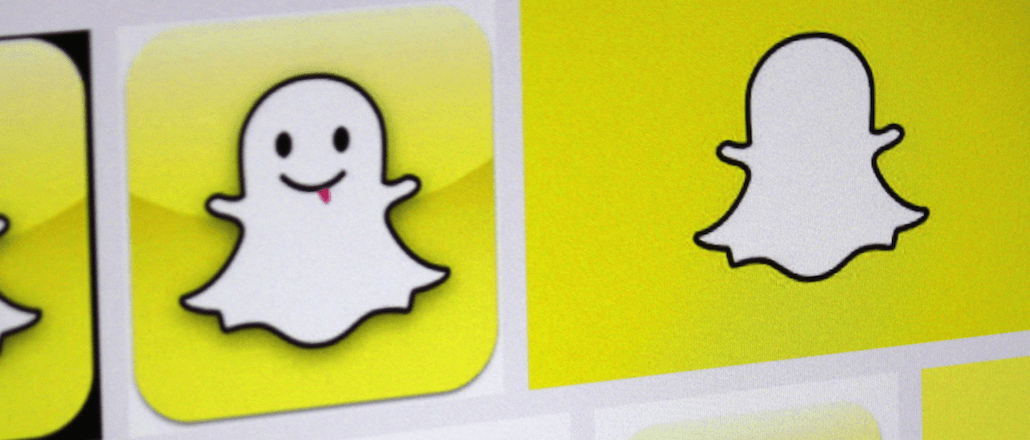
Snapchat is stepping up its advertising game.
With “Two Pennies,” introduced on Thursday at a NewFront presentation for both DailyMail.com and EliteDaily.com, brands now have the option of running 10-second video ads between articles and videos on its Discover section for two cents per view. But while an interesting proposition (and a more reasonable pricetag than the previous 15 cents per click), industry insiders are divided.
We asked brand and agency executives for their first thoughts.
Eric Dahan, CEO of Instabrand
Discover is a publisher hub on Snapchat, where users read articles and watch videos from the likes of The Daily Mail, Vice and CNN. It is an opt-in experience, where users probably will not appreciate being inundated with 10-seconds long interruptive ads, argued Drahan.
“Advertisers have had a lot of success with the ‘My Story’ feature due its organic nature, but while lowering the CPM for ads will present advertisers with a more attainable alternative, it is not without the risk of diluting the user experience,” he said. “The question is how will this integrate with advertisers’ current native efforts on the ‘My Story’ feature, and will this force a split in how advertisers leverage the platform.”
David Beebe, Marriott’s vp of creative, content marketing and global marketing
Brands should go forward and push themselves to create original, engaging and experiential content, said Beebe, who cautioned against sliding backwards.
“We’re always open to exploring new ways to engage with communities from a paid perspective, but we’re really focused on investing in original content versus ads that interrupt,” Beebe told Digiday. “Brands should focus on becoming what people are interested in through engaging content rather than interrupt what people are interested in.”
Andrew Cunningham, social lead at Huge
Snapchat Ads in Discover, especially at this new discounted price, are a key consideration for brands looking to target millennials, said Cunningham. The data supportings him. Nearly three-quarters (71 percent) of Snapchat’s American users fall in the 18-34 range — with 45 percent of its users being between 18 to 24 years old, according to comScore.
“The advantage to these placements right now is that the audience is opting in to watch the content on Discover’s different branded channels, so it’s a way to target without having granular demographic data, and users are still very engaged on the platform — even though it’s not quite as impressive as it was when Discovery first launched,” Cunningham said.
But they should keep in mind the broadcast nature of the ad products. “Sharing and linking out isn’t possible on Snapchat, so impressions and audience awareness would need to be the top KPIs in order for the platform to make sense in a media spend – thus, showcasing new products or releasing a movie trailer are great fits,” he said.
Ron Amram, Heineken’s senior media director
Snapchat Discover’s user numbers have dwindled in recent months — by as much as 30 to 50 percent for some publisher channels since its January launch according to reports. This is also a concern for brands.
“In all honestly I find it interesting, and an innovative way to get brands engaged with the platform,” said Amram. “I don’t know if consumers will interact with the Discover section – that is the big question.”
It also doesn’t help being an alcohol company, given Snapchat’s underage skew. “This is not something that we could look to use for our brands right now, but we hope to experiment with the platform once we can isolate 21-plus for alcohol brands,” he said.
Mark Ferdman, vp of eCommerce and digital marketing at Origins and Ojon
It is a format that can work for some brands, though — especially those looking to target a huge number of people on digital platforms.
“What’s interesting about Snapchat’s Discover section is it’s kind of the first ‘retro’ type of ad unit on a social platform with tremendous scale — what I mean by retro is a ‘mass media’ play, rather than micro-targeting,” he said. “This unit is a stronger analogy to Sheryl Sandberg’s ‘Everyday is the SuperBowl’ than what Facebook is currently offering. Because they are curating the Discover section and keeping it limited to a very small number of brands, everyone is seeing the same thing at once.”
More in Marketing

Starbucks hires first-of-its-kind marketing role heading up fashion and beauty collabs
Neiv Toledano has joined Starbucks as its senior marketing manager of fashion and beauty.

TikTok Shop offers incentives to new sellers, as U.S. uncertainty is finally over
TikTok is jump-starting its e-commerce ambitions in the U.S., now an agreement on the U.S. deal has finally been signed.

How the MAHA movement influenced food and beverage brands in 2025
The MAHA movement has come to stand for different things in different people’s eyes, depending on which initiatives they most closely follow.





